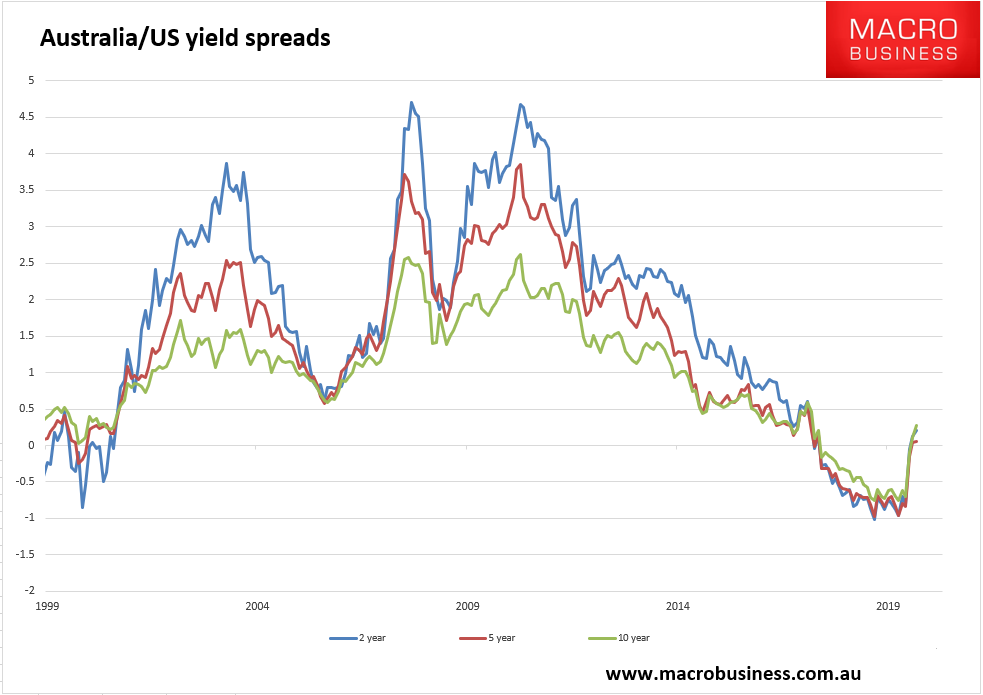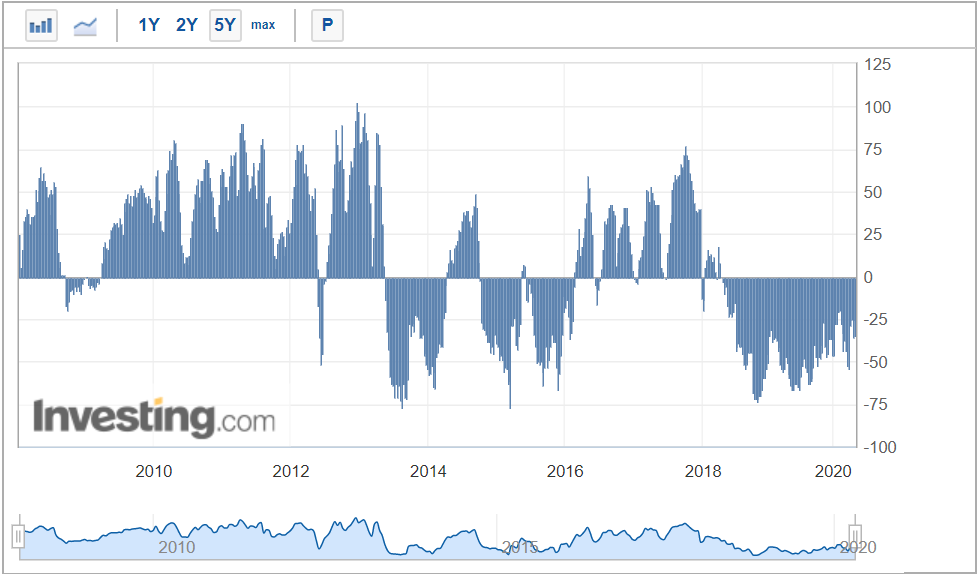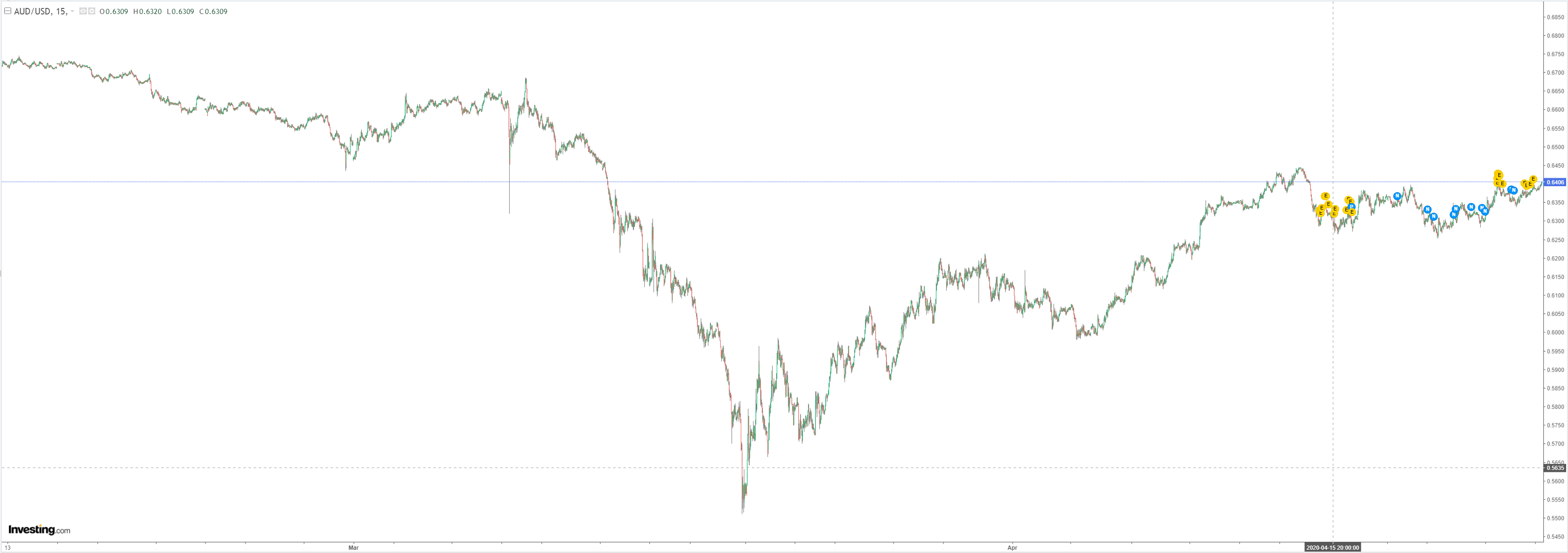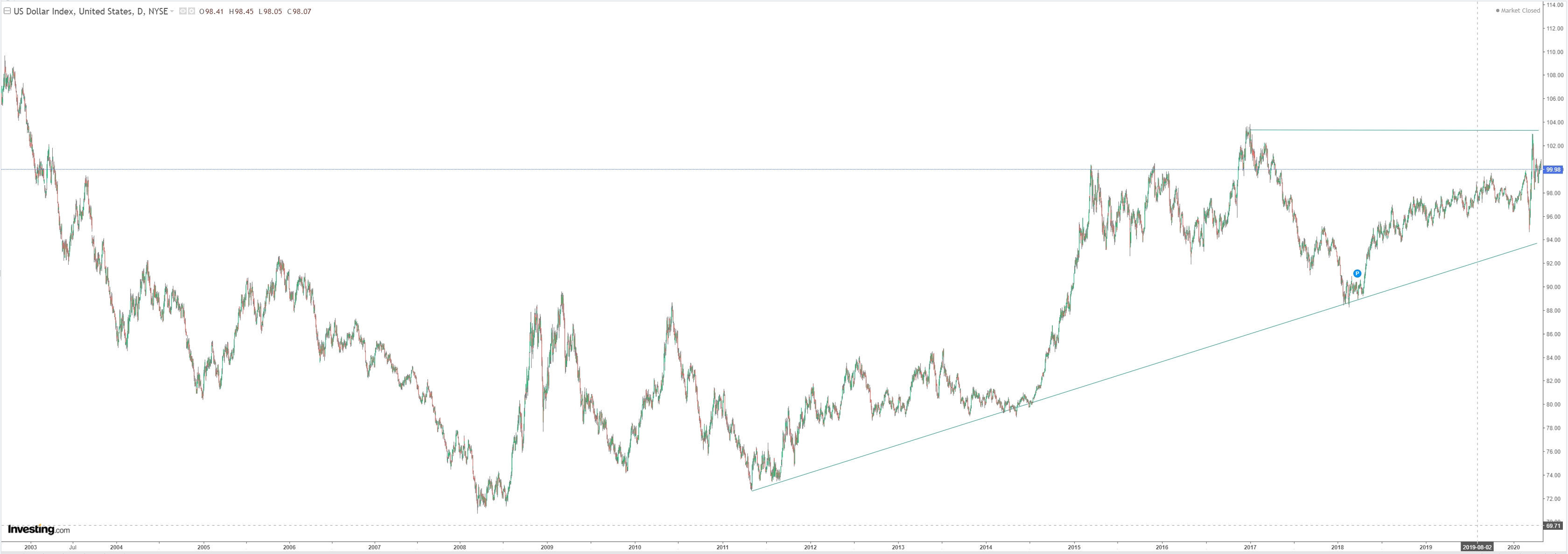It was the absolute whipping boy of the crisis. Now it’s the superstar of the markets rebound. Is the AUD now a safe haven of COVID-19 crisis?
Let’s use the five drivers model to investigate. MB’s five drivers model for fair value is:
- global and Australian growth (or, more recently, Chinese growth and Australia’s terms of trade);
- interest rate differentials;
- investor sentiment and technicals; and
- the relative strength of the US dollar.
On the first driver, relative growth rates, markets may be taking comfort from Australia’s success at squashing the virus curve. We are able to slowly reopen the economy ahead of other developed nations. The terms of trade remain high and China is leading the growth rebound.
If these conditions hold then Australia can restore immigration and rocket out of the bust. Indeed, if that scenario held, the AUD could blast higher as the globe recovers more slowly.
But is it realistic?
- We’re entering Winter so it’s odds-on we get another outbreak and further shutdowns.
- Immigration is likely to remain offline for another six months and when it is reopened will be heavily constrained by market forces.
- That means no housing or construction rebound, with consumption struggling a great deal.
In short, a lot has to go right.
However, the thing is, these are medium-term questions, for H2, so for now the AUD can enjoy the glamour of getting ahead on virus crushing and the imminent glory of the v-shaped recovery.
On the second driver, interest-rate differentials, things have improved for capital inflows:

It’s hardly going to light up your returns but the spread has turned positive versus the US.
We should add that, these days, it’s perhaps more pointed to ask what is the state of bond monetisation. On that front, the signal is clearly bullish given the RBA is barely buying anything at all now, especially so versus the Fed and ECB.
The phrase “don’t fight the Fed” will be ringing in investors’ ears here.
On the fourth driver, investor sentiment and technicals, confidence in the currency remains negative based upon CFTC positioning at -35k contracts:

So that’s moderately bullish for an ongoing “pain trade” higher.
For technicals it looks very bullish short term with an ascending triangle pattern. If it breaks above 0.645 (which it did this afternoon) then look out for higher:

Likewise, the longer-term charts look very bullish with a cup and handle formation:

So, that’s bullish so long as we can hold the break through the 0.645 range.
The final driver is the relative strength of the USD. The US dollar index remains strong:

And it has several advantages if the crisis persists:
- The Eurozone is very troubled and faces another possible crisis.
- Geopolitical tensions with China which may include more tariffs.
- Safe haven flows as markets remain troubled by the virus fallout.
That said, if there is a global recovery then DXY will fall fast and the last constraint on the AUD will be lifted. Indeed, it that scenario, the Australian dollar could overshoot.
But that is not our base case. We still see the virus being very troublesome for recovery and more crisis ahead, especially as the tsunami of bad loans sweep into bank balance sheets.
That’s the rub. In the end the five drivers are meaningless in such a scenario as safe-haven flows take over and the US dollar roars.
The AUD is not a COVID-19 safe haven. It’s a play on global recovery.
David Llewellyn-smith is Chief Strategist at the MB Fund and MB Super.

